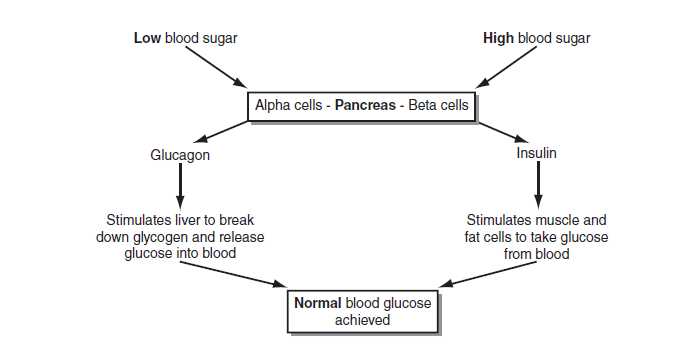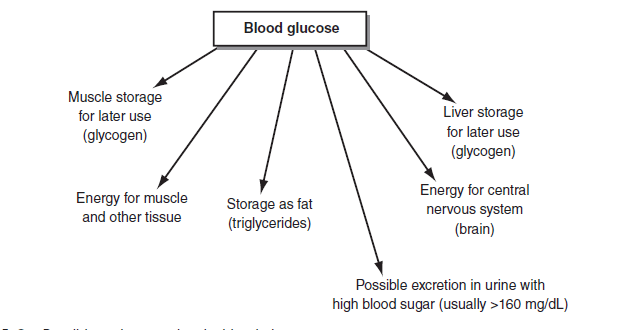The Essential Role of Exercise for Managing Diabetes Effectively
Written on
Chapter 1: The Importance of Physical Activity for Diabetics
Exercise cannot be emphasized enough, especially as our lifestyles have increasingly become more sedentary due to advancements in transportation, the convenience of food access, and a rise in desk jobs. The COVID-19 pandemic has further exacerbated this issue, with recent smartphone data indicating a nearly 50% drop in physical activity in some regions.
Recognizing the importance of exercise is essential, particularly for individuals with diabetes. Experts suggest that diabetics should avoid skipping exercise for more than two days consecutively. This advice is significant since we often overlook the emphasis on physical activity for other health conditions. Regular exercise plays a critical role in helping diabetics maintain stable blood sugar levels.
Let's delve into the scientific rationale for encouraging type 2 diabetics to engage in regular physical activity.
Section 1.1: The Role of Insulin in Blood Sugar Regulation
The human body regulates blood glucose levels, typically maintaining them between 70 and 110 mg/dl, with the aid of two hormones produced by the pancreas: insulin and glucagon.
When blood glucose levels rise, insulin is secreted by the pancreas's beta cells, facilitating the uptake of glucose into cells and lowering blood sugar levels. Conversely, when blood glucose levels drop, such as during fasting, the pancreas's alpha cells release glucagon, which prompts the breakdown of liver glycogen. This process converts glycogen into glucose, restoring normal blood sugar levels.

Understanding the function of glucose is vital, as it is essential for numerous bodily processes. Our body inherently strives to maintain stable blood glucose levels.

Although there are discussions around insulin's role in weight gain and diabetes, it's crucial to recognize that insulin is a necessary hormone to prevent conditions like hyperglycemia, which can lead to severe health complications such as heart disease, kidney failure, and vision loss.
Individuals with type 2 diabetes often experience insulin resistance, where insulin is produced, but the receptors in body cells do not respond appropriately. This situation necessitates medication or external insulin injections to control blood glucose levels. While the exact causes of insulin resistance remain unclear, high body fat and a sedentary lifestyle are strongly linked to this condition.
An active lifestyle, combined with a balanced diet, is essential for diabetics. Generally, a calorie-restricted diet—whether high in carbs and low in fat, low in carbs and high in fat, or a balanced approach—can be beneficial in managing diabetes.
Section 1.2: The Impact of Exercise on Blood Sugar Levels
During physical activity, glucose is transported to the muscles via glucose transporters. There are two primary phases of glucose uptake during exercise:
- Insulin-Dependent Phase: At rest or post-meal, muscles depend on insulin for glucose uptake.
- Insulin-Independent Phase: During exercise, muscle contractions facilitate glucose uptake without the need for insulin.
The GLUT proteins, particularly GLUT 4, play a crucial role in this process, allowing diabetics to lower their blood glucose levels effectively through exercise.

Chapter 2: Recommended Exercises for Diabetics
Video Description: This video explains the connection between diabetes and exercise, emphasizing the importance of movement in managing blood sugar levels.
Video Description: Paul Szabo, an exercise physiologist, demonstrates various exercises specifically beneficial for individuals with diabetes.
There is often curiosity about the "best" exercise routine for diabetics, such as whether jogging or weight training is more effective. However, the truth is that any form of physical activity is advantageous.
Combining aerobic exercises (like jogging, swimming, and walking) with resistance training yields optimal results. While moderate aerobic activities can provide immediate benefits in lowering blood glucose levels, those who engage in resistance training often report significant improvements after 24 hours.
In summary, there are no negative exercises for diabetics, but the best outcomes arise from a balanced routine incorporating both aerobic and resistance training.

You just read another post from In Fitness And In Health: a health and fitness community dedicated to sharing knowledge, lessons, and suggestions to living happier, healthier lives. If you’d like to join our newsletter and receive more stories like this one, tap here.